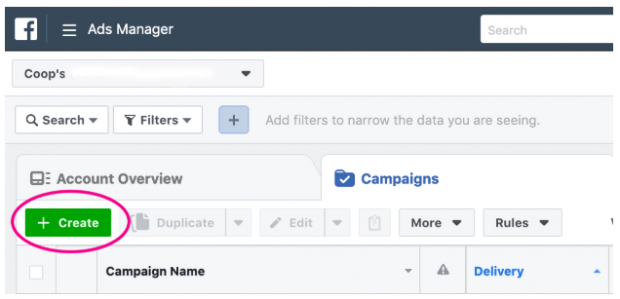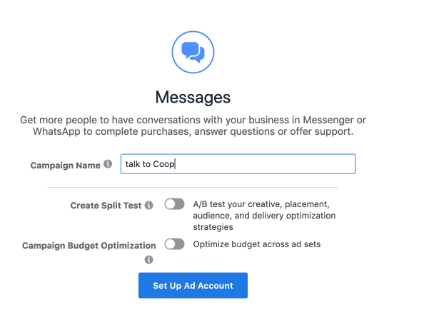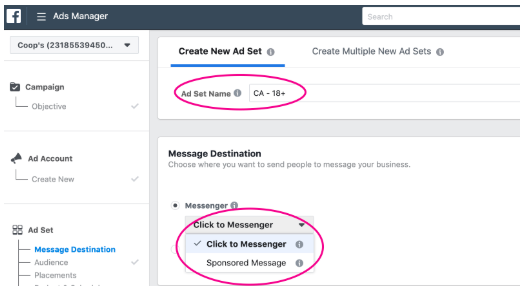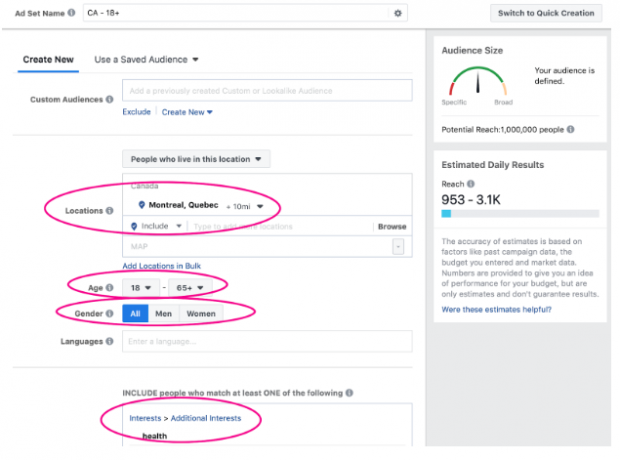A successful Facebook Messenger advert is just an advert until it turns into a conversation.
Using Messenger ads means your brand is ready to shift your relationship with every person who sees them. From general to personal, from the public to private.
And based on Facebook’s CEO Mark Zuckerberg, Facebook as a whole is shifting that way, too. In March 2019, Zuckerberg acknowledged that private messaging, ephemeral stories, and small teams are by far the fastest-growing kinds of online communication. He introduced that Facebook would “rebuild” their services around what individuals need: privacy, security, and safety.
Some experts are calling it the end of the Facebook news feed.
We don’t know what Zuckerberg knows, however, we do know that Facebook Messenger is the top app in the world by the number of downloads. It has 1.3 billion users each month. Meanwhile, only 31% of businesses are using it.
So whether you need to hedge your bets on the future of social, or you’re in the dozens of different ways you can use messaging apps to reach your viewers right now, we’re here to show you the way to use Facebook Messenger advertisements to converse. And convert.
The way to make successful Facebook Messenger ads
First off, there are two very different ways to promote using Messenger.
Click-to-Messenger
These ads are traditional newsfeed ads, showing up on Instagram or Facebook. However, there’s a twist: the call-to-action starts a conversation along with your brand in Facebook Messenger.
They can be used to:
- acquire leads and customers
- transact sales
- reply questions or provide support
- start a conversation (which means you’ll have the ability to use sponsored messages in the future)
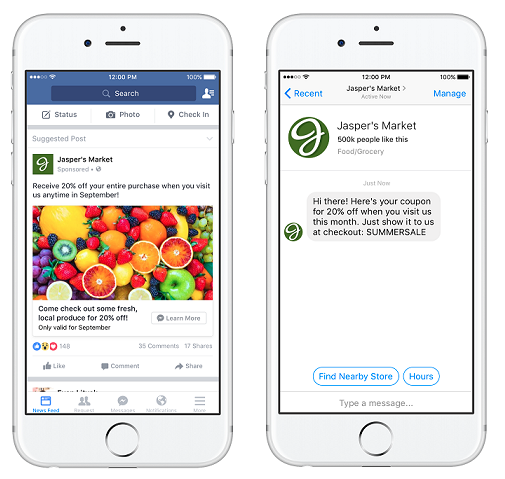
Sponsored messages
Meanwhile, a sponsored message is an actual message. It shows up in your audience’s Messenger inbox.
You may already imagine the possibilities. To stop spam, Facebook only allows sponsored messages to go to individuals who have already started a conversation together with your Page. (Which makes click-to-Messenger ads even more interesting now, right?).
A sponsored message could be a photo, video, carousel, or dynamic ad.
Often, this type of ad is an offer, announcement, or a message that requires a response or coaxes people towards a landing page.
They can be used to:
- nurture ongoing relationships
- re-engage with individuals who’ve reached out in the past
- notify your most receptive viewers about promotions or offers
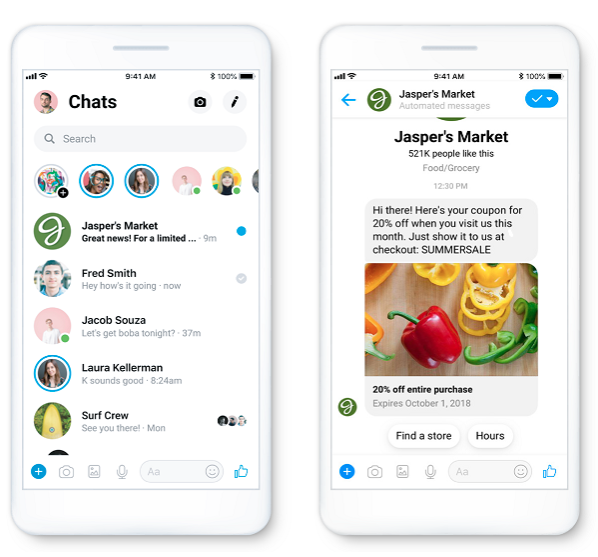
Ok, so now that we’re clear on the difference, here’s the nitty-gritty on the way to execute one, or both.
Step 1: Create a campaign
Create a new campaign in Ad Manager.
As always, ensure you’ve created a Facebook Business Page first. Alternatively, you should use the Business Manager.
Step 2: Select your marketing objective
Facebook’s own greatest practices recommend choosing Messages as the marketing objective for either kind of ad. This may allow Facebook to automatically serve your ads to the people who are most likely to message you.
That said, in case you are creating a click-to-Messenger ad, you may also select Conversions or Traffic as your objective. (The conversions objective is specifically helpful if you’re using the Facebook pixel to sell at scale.)
Step 3: Name your campaign
Name your campaign so you’ll be able to identify it simply later. That is also the step where you select whether you’d prefer toA/B test your Facebook ads. Also, whether you’re going to optimize your finances, which could be helpful in case you’re using multiple ad sets.
Step 4: Select your ad kind
First, verify your ad set name.
Now, here’s the big selection: are you making a click-to-Messenger ad or a sponsored message?
If you choose a sponsored message, of course, you will have to pick the Page from whence your message will come. Individuals like to know who they’re talking to.
Notice that, given the popularity of Facebook’s different messaging apps, WhatsApp, you may also have individuals contact you there. That selection will depend on your audience demographics: where do they stay? Which app do they like?
Step 5: Target your viewers
Here’s where you’ll be able to either create new viewers, or put your custom audience to good use.
In case you’re creating a new one: choose your perfect viewers’ location, age, gender, and interests. You may also adjust to target consumer behavior. Do you want to discover individuals who’ve interacted with your page, or individuals who’ve never heard of you? This may depend on your overall goals for your social media marketing strategy.
Moreover, in case you’re in the process of developing a Facebook Messenger bot to further build out your messaging strategy, you should use custom logging in-app events to get even more granular with your viewers. (As an example, you’ll be able to target individuals who’ve chatted together with your bot or clicked on a call-to-action in Messenger before.)


